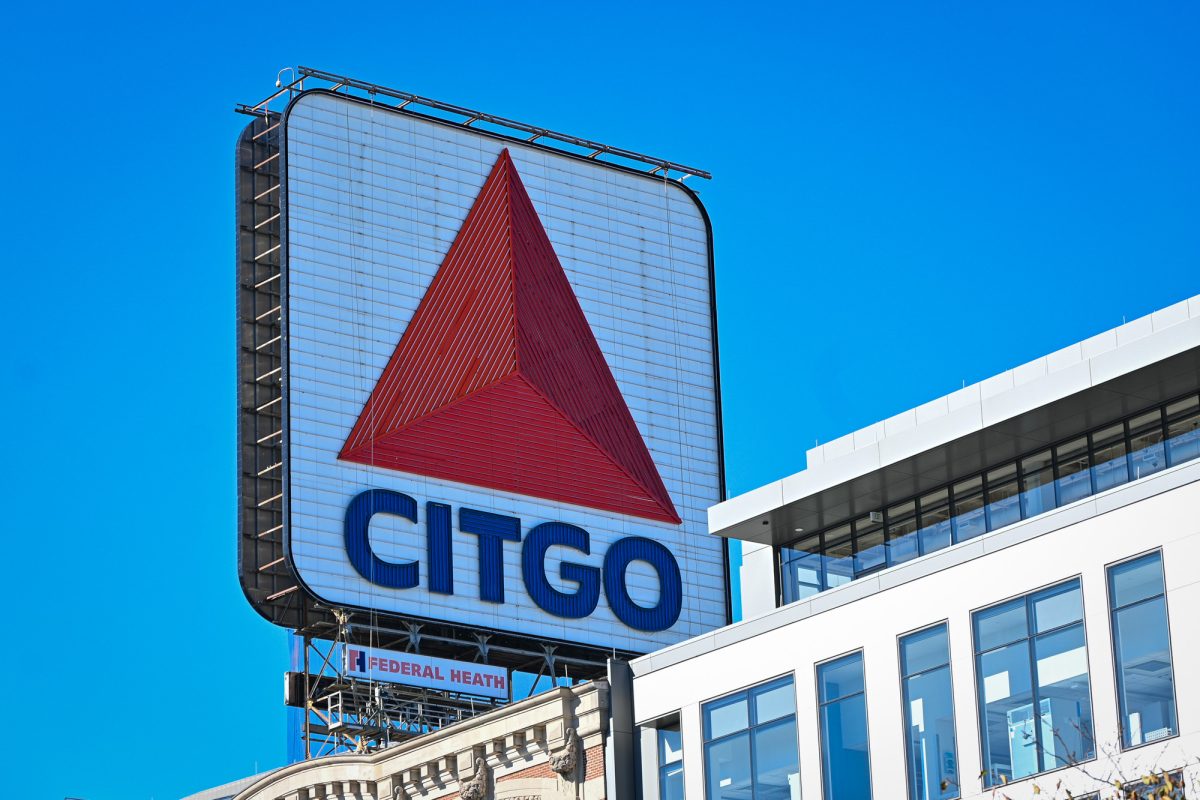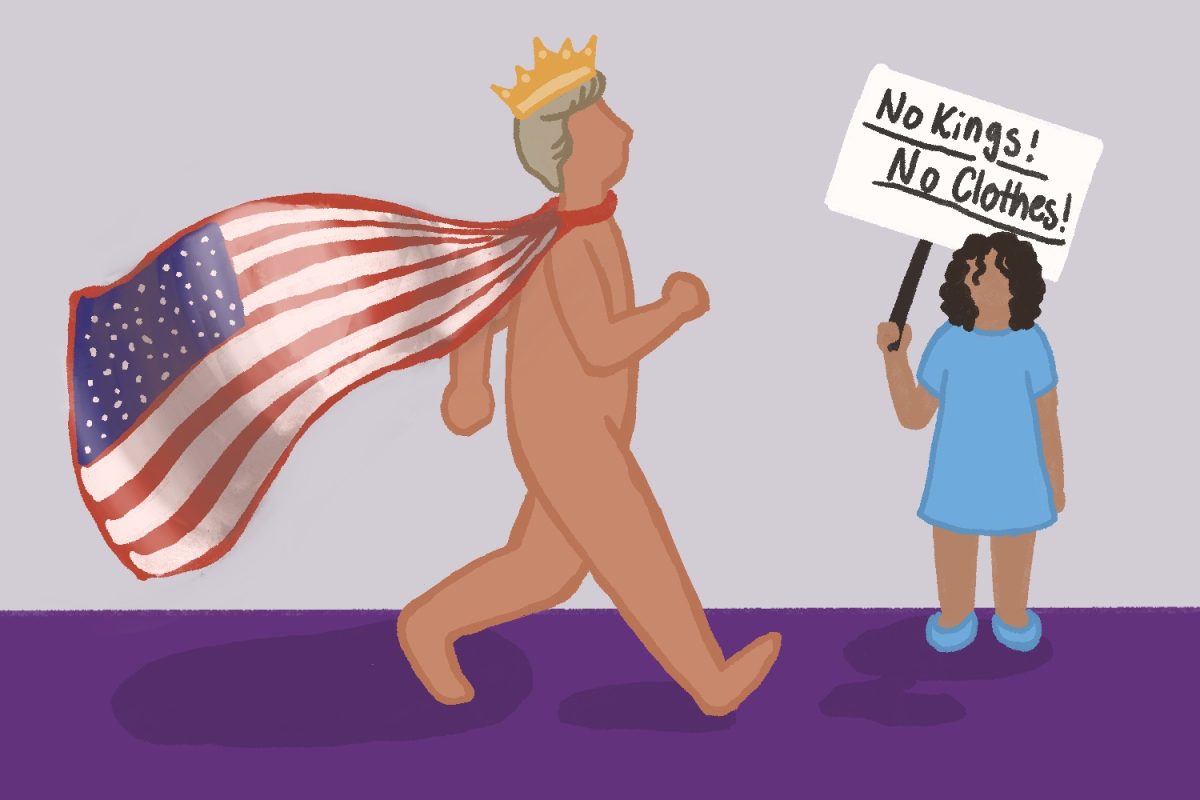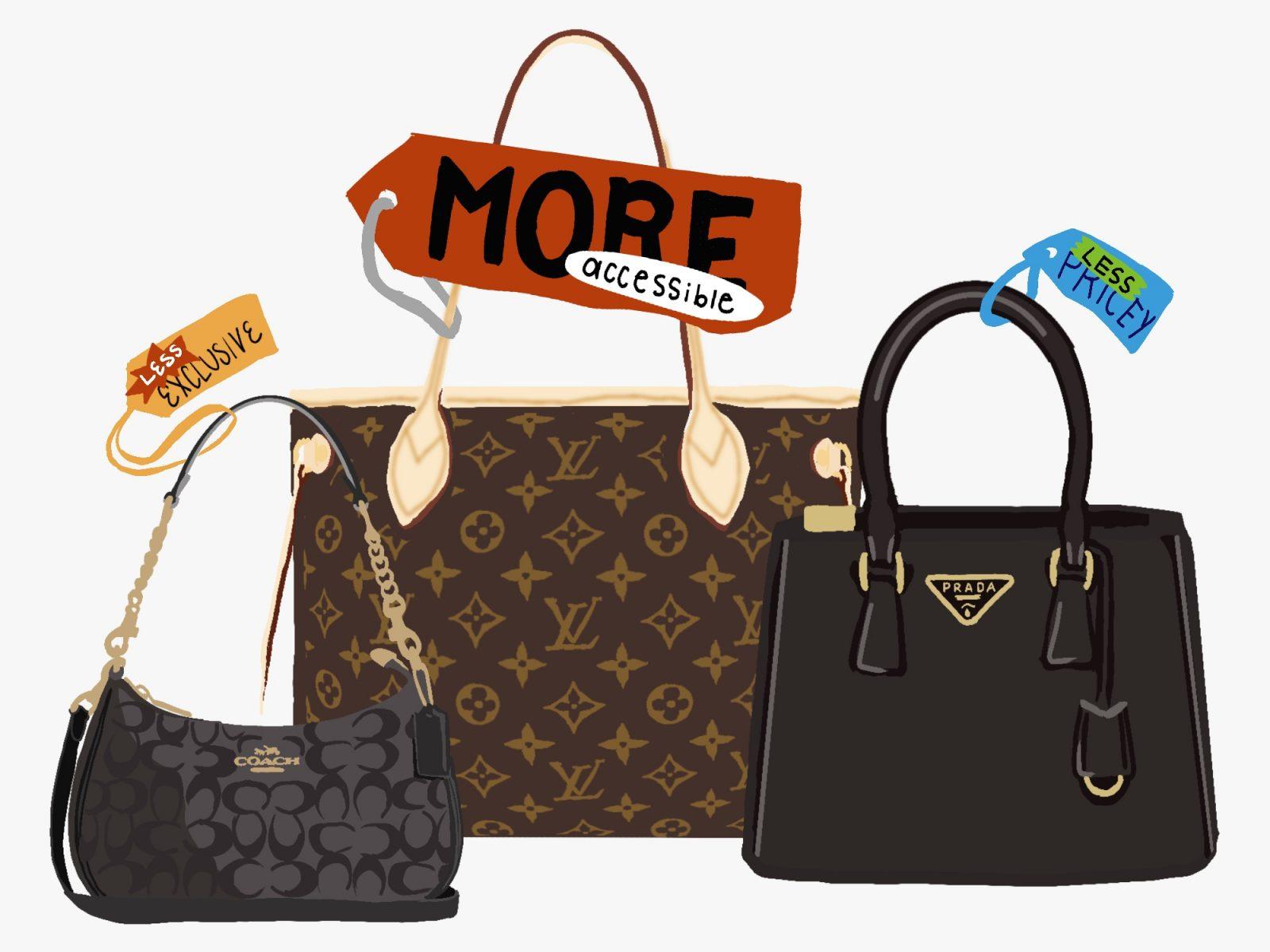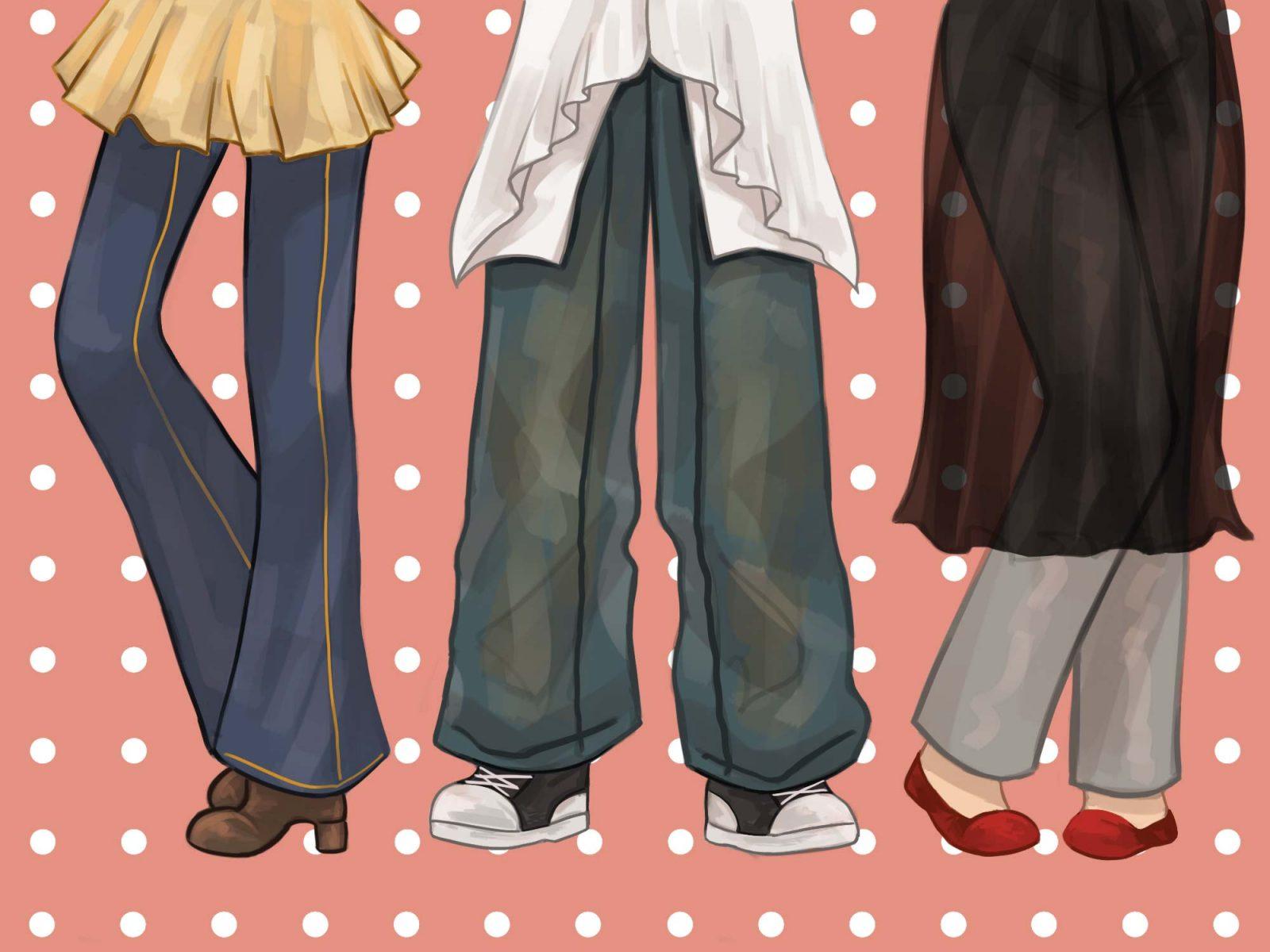Over the past decade of internet rage-baiting, an unlikely perpetrator has risen to fame: world-famous fashion house Balenciaga.
From stiletto crocs to packing-tape bracelets, Balenciaga — once associated with elegant couture gowns and sumptuous fabric — has repeatedly taunted the internet with its meme-worthy designs.

But who was behind its dramatic shift from sculpted jackets and chic minimalism to towel skirts and garbage bags?
A Georgian designer known simply by his first name, Demna.
After joining Balenciaga as creative director in 2015, Demna brought the brand into the streetwear sphere through his subversive designs, transforming it from not only an iconic fashion label but also a pop culture phenomenon.
Now, after a decade of cultivating social media frenzies, Demna is leaving Balenciaga to become the artistic director of Gucci.
This decision might come as a shock to the fashion world, but a reshuffling was long overdue for Kering, Balenciaga and Gucci’s parent company. At the end of 2024, Kering reported major financial losses. Gucci, Kering’s biggest fashion house, largely drove poor performance with a 23% fall in revenue compared to the year before.
Demna seemed to bring a certain magic to Balenciaga, and Gucci has been in desperate need of a similar miracle cure. Except in this case, Demna might be more of an amphetamine than a soothing treatment.
Let’s look at the personalities of both parties.
Demna isn’t afraid to use the unserious to attract attention — and sales.
Called “fashion’s chicest comedian” by Fashion Magazine, Demna has put everything from a $2,000 IKEA-esque tote bag to a backpack dress on the runway.
He’s not afraid to poke fun at fashion, and his radical designs have a don’t-carish attitude about them. In fact, they almost encourage incredulity. For all the angry reposts of Balenciaga’s trashed sneakers, there are also people buying the audacious products.
But for Gucci, a major fashion house that’s had its ego deflated by a few too many scandals, that kind of playfulness might not work in its favor — especially when many people already don’t take the brand seriously.
As “quiet luxury” dominates social media feeds and fashion trends, wealthy consumers are flocking to brands like Hermes and Miu Miu for their understated aesthetics. Meanwhile, Gucci’s more flamboyant approach has been labeled “gaudy” and “garish.”
Even those who don’t regularly buy designer have poked fun at Gucci’s peculiar look.
In one trending TikTok audio, a creator lists ten steps to looking like a Gucci model, most of which involve layering mismatched pieces over each other and wearing flashy lipstick and a headscarf. While mainly comedic, these trends still show Gucci has become a brand that most people chuckle at.
That’s all well and good if you’re an SNL skit, but in luxury fashion, chuckles usually don’t mean sales.
So, is fashion comedian Demna really the person to shut down consumers’ laughs and bring out their credit cards? Or will he fall into the trap of exploiting Gucci’s absurdity — which has thus far proven to be less than lucrative — even more?
Gucci is facing other threats to its prestige as well.
The 2021 movie “House of Gucci” slashed any chance of the brand romanticizing its Italian roots, as the production portrayed the label’s origins as an operatic tangle of fake Italian accents, love triangles and eventually, murder.
Gucci has tried hard to be provocative and relevant in the past, which has led to head-scratchers — like a sweater resembling a person in blackface and a $790 “Indy Turban” that was literally just a Sikh dastar.
As Gucci licks its wounds from those cultural appropriation-turned-PR-nightmares, Demna isn’t exactly on hand with Band-Aids and Neosporin. In fact, Demna himself has fallen into the same trap. In 2022, he oversaw a Balenciaga ad campaign that featured children with teddy bears in bondage gear, provoking broad outcry against the brand’s exploitation and sexualization of children.
Although he later apologized for the ad, his unrelenting desire to subvert and provoke might play into Gucci’s similar tendencies to border on the immoral and insensitive in the name of fashion.
Despite these dangers, Demna does have strengths that could save Gucci.
He fostered smart collaborations with celebrities like Kim Kardashion and brands like Crocs and Adidas. He accomplished the difficult feat of bringing streetwear influences to a luxury brand. He also launched Balenciaga’s first haute couture collection since 1968.
The problem isn’t that Demna might not be hardworking or creative enough. The issue is his fundamental incompatibility with the needs of a limping giant like Gucci.
Rather than searching for social media clicks, shock factor or laughs, I would argue Gucci should lean more into its vintage charm — something that’s proved lucrative for the brand in the past.
Why not bring some of their classic silhouettes, especially those that sold particularly well following “House of Gucci,” into their future runways?
After all, an Italian brand is incredibly well positioned to capitalize on the long-heralded quality of Italian fabrics and craftsmanship. And with a creative director like John Galliano, someone who knows how to refresh the past for a forward-thinking label, Gucci might be able to turn its disappointing performance around.
Maybe the Gucci-Demna duo will make a better comeback than vinyl records, boy bands and Gandalf combined. But it just seems like Kering is playing with fire here.
That’s a shame, because there’s few things more flammable than fabric.



























































































































